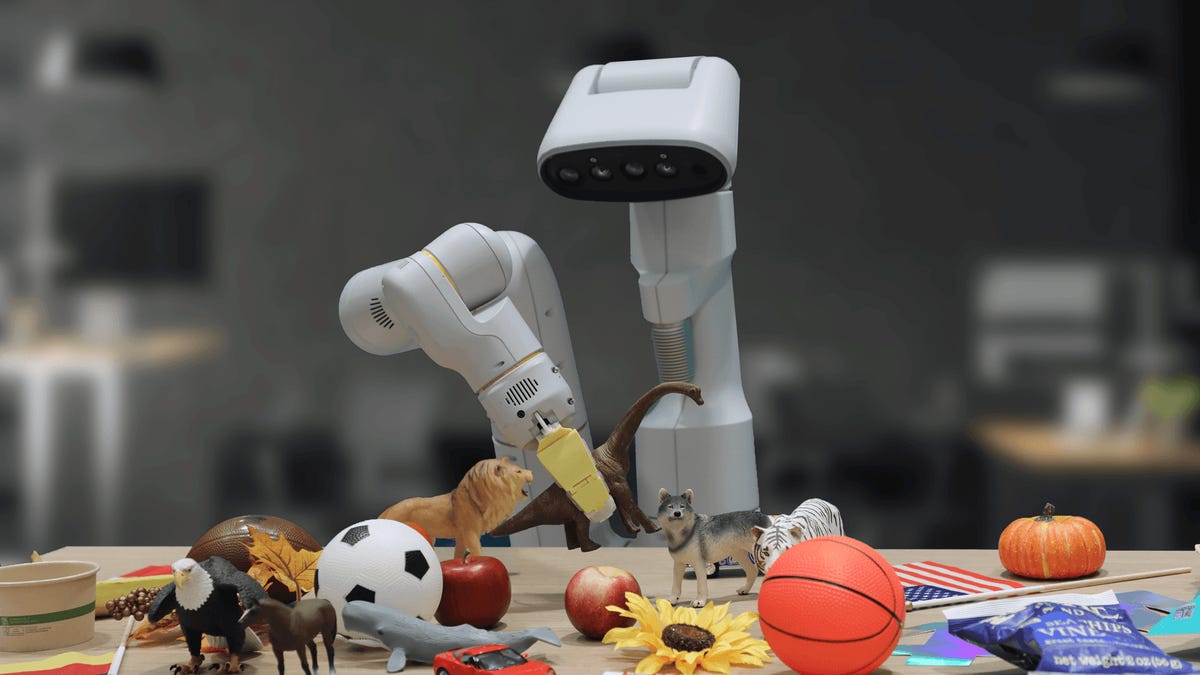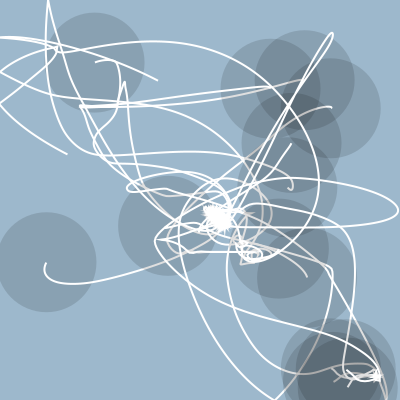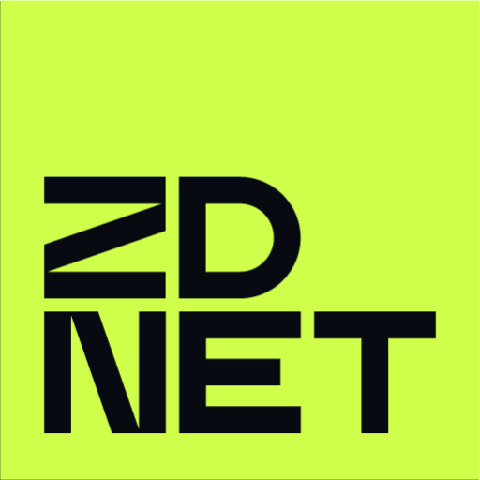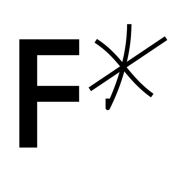Weeknotes 249 - orbs that define our identity in generative worlds
Angles on X, ubi crypto identity, latest LLM and gen AI tools, living a risk-avoiding society, creative coding via prompts, and more.

Hi y’all! A new weekly update here on the latest news and beyond. As we enter a new month, let me quickly note that I always end this newsletter with a personal update. Furthermore, the setup for the newsletter is that I start with more general reflections or learning from the news, or preferably an event that I attended or sometimes watched. I will now frame this as ‘triggered thoughts’. I always capture interesting events for the coming 1-2 weeks to share with you. And I chose a paper for the week that captured my attention or had read earlier but is relevant. The biggest chunk of the newsletter is dedicated to notions from the news last week, filtered by my interest, which is mainly on the relationship of humans and technology, with some accent on ai, robotics, cities, and its (future) design aspects. Hard to grasp, but you can always check the About part here to learn a bit more about my background, of course 🙂
Triggered thoughts
Let me take the interesting podcast listens and participation in events here.
The tech podcasts dealt with the X-sage (Twitter becoming X overnight), all (Pivot, The Verge Cast, Hard Fork, Sharp Tech), concluding this is a crazy and hasty move born out of emotional drivers. The take by Casey Newton in Hard Fork is maybe the most outspoken; he thinks it is part of his political agenda of Elon to break liberal media. Some other media on this move: The Guardian
In other news, the initiative of Sam Altman to start Worldcoin is discussed. Some see it as a positive move to have a solid identification system in the growing fake world. Others think it is more part of a strategy to make crypto more credible again, especially with the investments of Marc Andreessen, who still has some Web3 investments that can use an uptake. Others are writing critical reflections, too, like Molly White (”a solution in search for a problem”), and a design review of the Orb at Designboom.
Julian Bleecker had a nice and thoughtful conversation in the Near Future Laboratory Podcast with a young designer Lila Feldman on applying future thinking in the design practice.
On Thursday, I partly attended an online workshop in good old Miro, organised by AIxDesign on prompt engineering. I liked the format but could not participate as much as I would have linked. I captured some useful resources: a manual, a guide, and examples. There was a specific connection made with creative coding, using ChatGPT to help ideation for creative concepts, for syntax and coding concepts, for code suggestions, error & debugging, and for feedback & enhancement. Coding practice is changing, that is for sure, and the creative process and coding will merge.
Event for the coming week(s)
Another week in the slow season.
- Sensemakers DIY evening this Wednesday.
- Heat stress, is that an English word too? In Dutch, it is, and this Thursday, Waag is organising an event (In Amsterdam and in Dutch) on connecting citizen science to this super-relevant topic.
Of course, some further ahead, you can already RSVP for ThingsCon Salon on 6 September, or if you are in Austria at that same time, Ars Electronica Festival is a famous returning festival.
Notions from the News
In this week’s update on AI assistants for legacy services:
- LinkedIn works as an AI coach for job applications
- AWS is introducing support for AI agents with heavy computing and data needs.
- Cohere is introducing Coral, an assistant for enterprise business use
- Photoshop let you uncrop images
- Stack Overflow use is impacted by all the copilots that take over the role for a part. They introduce a community with generative AI features to make better searches
- Artifact is adding a text-to-speech feature
A critical read: the ChatGPT is another tech fantasy

Does social media polarize voters? Research, based on open data of Meta, found that conservatives are much more exposed to false news than liberals.
What do we conclude from these findings? OpenAI shuts down the project that intended to offer a check for the origin of texts as generative AI-produced. The analysis is too hard. Is this really true, or is this a welcome narrative that the AI is even more creative than we thought…

A new version of Stable Diffusion XL, one of the earlier and -promised to be open source- AI models for image generating.

Two long reads published on Twitter, it is apparently a new phenomenon:
- An insightful comparison of different LLMs in the market
- An analysis of the state of Twitter just before and after Musk took control.
This new DeepMind robot control is using AI chat to train itself and become more intelligent.

In a risk-avoiding society, this makes a lot of sense. As mentioned more often, the biggest impact of AI is not that we become redundant as humans; the biggest impact is that we adapt our behaviour to sync with the AI.

What does the human-robot relationship look like? Researchers found that this is mainly about what is in the eye of the beholder; the human is mapping humans on the robots. We have yet to be there that robots have their own identity.
Tech is not creating new products, but enhancing existing ones. The maturity depends on the level of awareness of the tech in the mundane products we use. That counts for IoT, but also for robots.
You want to avoid an Elon-heavy newsletter, but that is hard… This beautifully illustrated article is peeling off the impact of Starlink in the geopolitics.
If your browser experience is a bit predictable and underwhelming, Arc is an interestingly different view on the browser. I have been using if for quite some time, and now the browser is publicly released on the mac.

Another thought-provoking exploration. On the concept of audience commodity: to consume the current media content on platforms as YouTube you don’t have to do anything but watch. So media consumption is essentially a form of labour. If media consumption is labour, then what is the equivalent of minimum wage?

A long piece on the ai-powered totally autonomous future of war. With real stuff to destroy, why not do a fully virtual version in the simulated sandbox? As we do to simulate and improve the sustainability of logistics.


What lies beneath our irrational decisions?

Paper for the week
How open-source are the LLMs really? In this research, this is explored; Opening up ChatGPT: Tracking openness, transparency, and accountability in instruction-tuned text generators.
“The main contribution of this paper is to show that openness is differentiated, and to offer scientific documentation of degrees of openness in this fast-moving field. We evaluate projects in terms of openness of code, training data, model weights, RLHF data, licensing, scientific documentation, and access methods. We find that while there is a fast-growing list of projects billing themselves as ‘open source’, many inherit undocumented data of dubious legality, few share the all-important instruction-tuning (a key site where human annotation labour is involved), and careful scientific documentation is exceedingly rare. Degrees of openness are relevant to fairness and accountability at all points, from data collection and curation to model architecture, and from training and fine-tuning to release and deployment.”
Liesenfeld, A., Lopez, A., & Dingemanse, M. (2023). Opening up ChatGPT: Tracking openness, transparency, and accountability in instruction-tuned text generators.
https://dl.acm.org/doi/10.1145/3571884.3604316
See you next week!
After the extended introduction, I keep it short. We will be working more on the Cities of Things projects both for short-term developments and longer terms project ideas to explore further.
I wrote a monthly update for Cities of Things newsletter, and intend to keep up that pace from now on again; I was a bit sloppy. The post is about how AIs are like a multilateral community and the consequences. Well, you can check it out here.

Have a great week!







